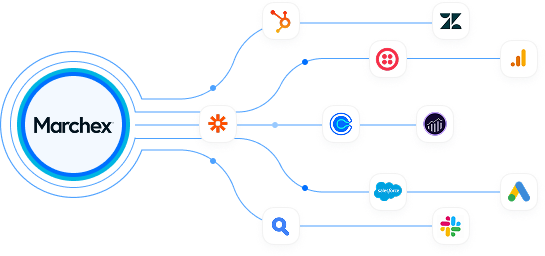New to call analytics? Start here

Call analytics, call tracking, conversation analytics. You may have heard these terms before, but what do they mean exactly? Read on to understand how these terms relate and how you can use them in your business to gain an advantage.
What are call analytics?
Call Analytics are metrics derived from measuring phone calls that can help you understand your inbound calls and text messages at a macro level. To start, you can learn which marketing channels are driving high-value calls and texts and take actions to optimize those channels. More advanced analytics – data gleaned from within the conversations - can tell you what happened on each call or the intent of the text and how your representative responded to help you improve the customer experience. Call analytics utilizes call tracking technology to collect the data that can be analyzed as your business requires.
What is call tracking?
Call tracking comes down to using call tracking numbers (CTNs) to gain information from your inbound calls and texts. Call tracking numbers replace a phone number in a marketing asset (website, paid search ad, or even traditional media like direct mail) and calls to that number are processed and surfaced in a dashboard or other reporting tool where you can analyze the information. Call tracking fills the gap in online-to-offline conversions, allowing you to see the complete picture of how customers are interacting with your brand. You can use this information to improve the customer experience, refine campaigns, and optimize return on ad spend (ROAS). Since digital media is a foundational tactic in many campaigns, tracking calls from call extensions or click-to-call ads can be very helpful in understanding your campaign results.
Call tracking from mobile and online advertising enables you to understand the path to conversion from search keywords to phone calls. With insights from touchpoints throughout the buyer’s journey, you can get a more complete understanding of the customer’s experience.
How call tracking works for online marketing
Call tracking for web-based media works by placing a tiny piece of Javascript code onto your landing pages that enables dynamic number replacement—the technology that swaps a CTN for a regular phone number. Dynamic number insertion seamlessly ties offline call events to the online activity they resulted from. This attribution of calls enables you to make informed business decisions and optimize your marketing campaigns. You can use a single CTN or a pool of CTNs depending on the level of granularity you are looking to track.
Why businesses use call tracking
Call tracking supports marketing attribution, giving businesses that rely on customer phone calls a complete picture of how a customer came to connect with them. Call tracking allows marketers to understand which ad a customer responded to or which keywords a customer searched for. How many tracking lines you deploy depends on your marketing goals. For source-level attribution, you need a tracking line for each marketing channel. For keyword-level attribution, more phone numbers are necessary to allow for session-based tracking on your landing pages.
CTNs work with text too
CTNs can be text-enabled to provide your prospects another channel to reach your business. These lines can send outbound texts to support the customer experience. For example, when a prospect calls in during peak times and hangs up before reaching a rep, your business can set up a trigger to send a text to these callers so you don’t lose an opportunity. Texts that say, “Sorry we missed your call. Please schedule an appointment at this link,” can help improve the customer experience and your close business’s close rate.
Text-enabled CTNs allow for outbound texting, which can help with callbacks. Often customers won’t answer a phone number they don’t recognize, so texting first that you are about to return their call can help with boost engagement rates.
How call tracking can improve your marketing spend
Once you have collected some initial call data, you can see how your customers interact with your brand and begin to understand which channels are working. Then, you can use this baseline knowledge to refine your strategy and optimize your marketing spend. In short, call tracking is the technology that captures the data that helps call-based businesses optimize the path to purchase.
How businesses use conversation analytics
As mentioned, call tracking data spans information from the macro level of calls where you can understand traffic, sources, peak times, and peak locations. However, call tracking data can also lift up insights from within the conversations themselves. These “conversation analytics” can help businesses understand how each call was handled, what the intent of the caller was and what the outcome was. Did the caller take the next step by booking an appointment or scheduling a consultation? Why or why not? Conversation analytics can help you glean this information without having to listen to every phone call. With the help of artificial intelligence and natural language processing, this data can be surfaced in your call tracking platform in near real time.
Call analytics are an essential tool for marketers and sales teams that use marketing tactics to drive phone and text leads.
To learn how to put call analytics in your business, schedule a demo today.



